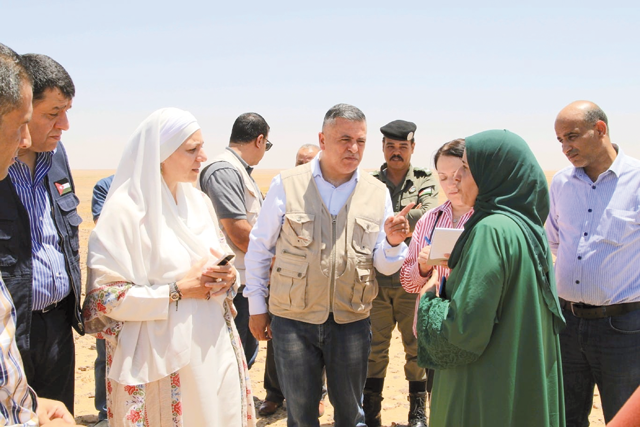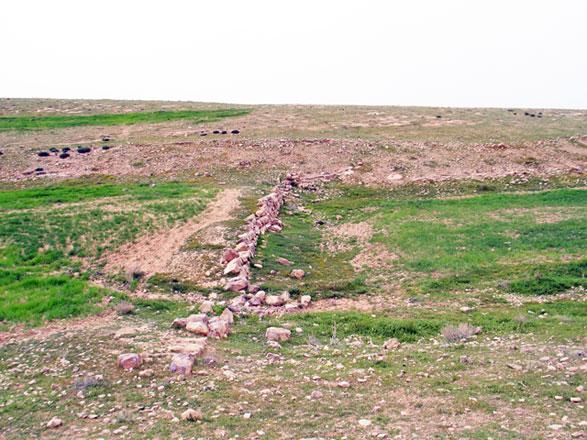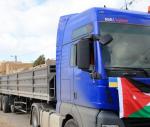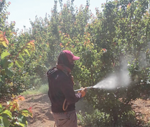You are here
Deep dive into Archaeohydrology: Studying ancient water management
By Saeb Rawashdeh - Jan 30,2024 - Last updated at Jan 31,2024
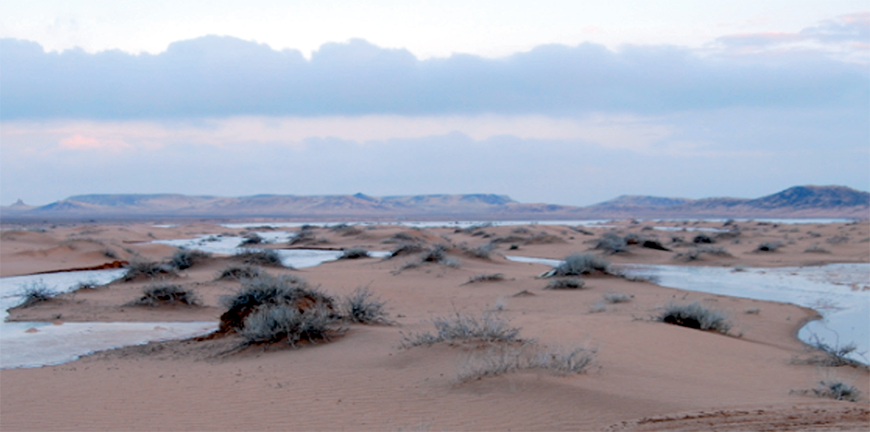
Jafr basin is located in the south-eastern Jordan (Photo courtesy of Hans Gebel)
AMMAN — On Thursday, the German-Jordanian Society (DJG), led by the German-Jordanian University former professors Jochen Pleines (DJG president) and Anton Mangstl (DJG chairman of the Advisory Board), launched a Zoom conference on “Sustainable Water Management in the Jordanian Desert”.
A team of scholars presented the works of the Eastern Jafr Joint Archaeohydrological Projects, which has recently been continued by a collaboration between The Yarmouk University in Irbid and Lübeck University of Applied Sciences.
Archaeohydrology studies the ancient hydrology systems and ways to collect and preserve water, particularly in arid areas like Jordanian desert.
A team of scholars from both universities formed by Hani Hayajneh, Kai Wellbrock, with the support of former director Hans Gebel, Amer Suleiman and Patrick Keilholz prepared this study.
“After an overview of the natural conditions and of the 9000-years sociohistorical framework of productive water use in the Badia [which was still an open-forest steppe with lakes until some 7000-6000 years ago], the conference presented the current Bedouin hydrotechnical terminology,” noted Hani Hayajneh from The Yarmouk University, adding that it was illustrated by the findings from a number of archaeohydrological case studies from various sites, including northern Saudi Arabia.
The excavations’ scientific evidence revealed a variety of similar hydrotechnical solutions throughout the millennia, all showing a highly sustainable and adaptive rainwater management in the steppes/deserts, which is also true for tapping the groundwater and intermediate flows, said Kai Wellbrock from The Lübeck University of Applied Sciences.
“This former water harvesting made the project asking why the engagement in using these resources in today’s desert is vanishing. In particular, the period around 6500 before today shows a prosperous Palaeo-Bedouin culture, which created sepulchral landscapes with megalithic graves and ritual buildings, in the centres of which were well and watering places,” explained Hans Gebel, former director of Eastern Jafr Archaeological Project.
The epigraphic evidence, e.g. from Bayir, testifies to wells and watering places from the Iron Age, which had to be continuously maintained and guarded, explained Hayajneh, while hydrologist Wellbrock referred to typical topographic locations where wells tapped groundwater and intermediate flows in all periods; he was convinced that the hydrological and hydrotechnical skills of the mobile herders were highly developed at all times.
During the conversation, the hydrotechnical possibilities of a rehabilitation of the traditional and sustainable water harvesting strategies were addressed, which a new specialist field, Applied Archaeohydrology, is to provide.
“Too much rainwater seeps away unused in the desert, which Jordan urgently needs. The revitalisation of Bedouin pastoralism would also appear to make sense, despite the reduction in the natural fodder supply due to climate change,” noted Gebel, adding that in this context, the questions focused less on the applicability of the traditional water technologies and the preservation of the associated cultural heritage.
Above all, a multidisciplinary feasibility study would have to calculate the potential before Jordan’s decision makers can consider what contribution the sustainable development of desert water can make to Jordan’s water needs, said Wellbrock, adding that the preliminary results of the project underline the ecological added value of rehabilitating and restablishing new traditional water harvesting in the Badia. Together with other development measures, this could contribute to stabilising the income situation of the local population and to cultural preservation in the region.
“However, with its results and expertise, the project aims to contribute to alleviating Jordan’s water problems from a sustainable perspective,” Wellbrock and Hayajneh underscored.
Related Articles
AMMAN — The Petra Development and Tourism Region Authority (PDTRA) on Sunday said that it had reconstructed an “exceptional” comb of a girl
AMMAN — HRH Princess Basma Bint Ali, chairperson of the board of trustees of the Hashemite Fund for the Development of the Jordan Badia, on
AMMAN — Umm Al Rassas is a UNESCO World Heritage site, located about 75 kilometres south of Amman, famous for its 16 Byzantine churche



